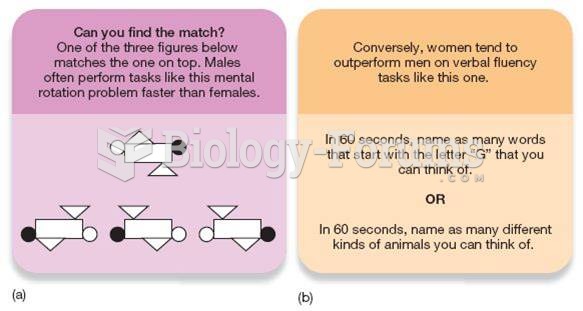Answer to Question 1
Answer: Job enlargement means assigning workers additional same-level activities. Thus, the worker who previously only bolted the seat to the legs might attach the back as well. Job rotation means systematically moving workers from one job to another. Psychologist Frederick Herzberg argued that the best way to motivate workers is through job enrichment. Job enrichment means redesigning jobs in a way that increases the opportunities for the worker to experience feelings of responsibility, achievement, growth, and recognition. It does this by empowering the workerfor instance, by giving the worker the skills and authority to inspect the work, instead of having supervisors do that. Herzberg said empowered employees would do their jobs well because they wanted to, and quality and productivity would rise.
Answer to Question 2
Answer: There are six steps in doing a job analysis. Step 1: Decide How You Will Use the Information. Step 2: Review Relevant Background Information about the Job, Such as Organization Charts and Process Charts. Step 3: Select Representative Positions.
Step 4: Actually Analyze the Job. Step 5: Verify the Job Analysis Information with the
Worker Performing the Job and with His or Her Immediate Supervisor. Step 6: Develop a
Job Description and Job Specification.
There are various ways (interviews or questionnaires, for instance) to collect information on a job's duties, responsibilities, and activities. In practice, you could use any one of them, or combine several. The basic rule is to use those that best fit your purpose. Thus, an interview might be best for creating a list of job duties and job descriptions. The more quantitative position analysis questionnaire may be best for quantifying each job's relative worth for pay purposes. Interviews, questionnaires, observations, and diary/logs are the most popular methods for gathering job analysis data. They all provide realistic information about what job incumbents actually do.







